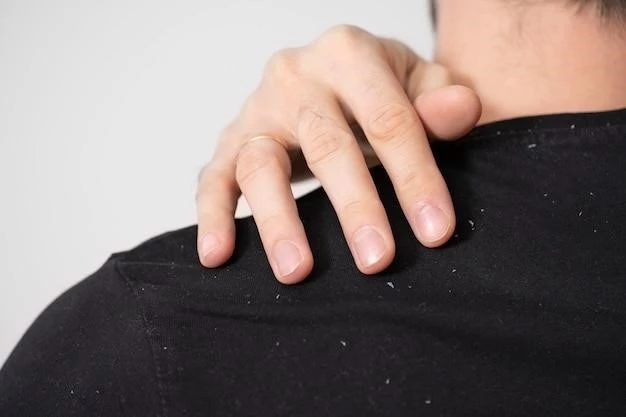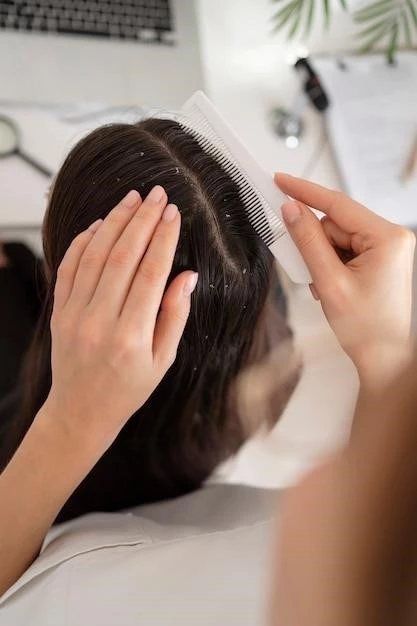Causes of Alopecia Universalis
Alopecia Universalis is a rare autoimmune condition where the immune system mistakenly attacks hair follicles, leading to hair loss on the scalp and body. Genetic predisposition, environmental factors, and immune system abnormalities are believed to contribute to the development of Alopecia Universalis. Consult a dermatologist for a proper diagnosis and personalized treatment plan tailored to your specific needs.
Treatment Options for Alopecia Universalis
When addressing Alopecia Universalis, treatment options aim to stimulate hair regrowth and manage symptoms. These may include corticosteroid injections, topical immunotherapy, minoxidil, and phototherapy. Consult a dermatologist to discuss the most suitable treatment plan for your condition. In some cases, counseling and support groups can also be beneficial in coping with the emotional aspects of hair loss. Stay informed, be patient with the process, and prioritize self-care while managing Alopecia Universalis.
Symptoms of Onychodystrophy
Onychodystrophy, a condition affecting the nails, may present with symptoms like changes in nail shape, color, thickness, and texture. Crumbling, splitting, or detachment of nails are common signs. If you notice any unusual nail changes, it’s essential to consult a healthcare professional for accurate diagnosis and appropriate management. Early detection and proper care can help prevent further complications and promote nail health. Remember to maintain good nail hygiene and seek medical advice for persistent symptoms.
Management of Onychodystrophy
Effective management of Onychodystrophy involves maintaining proper nail care practices, such as keeping nails clean, trimmed, and moisturized. Avoiding trauma to the nails, wearing protective gloves during activities that may impact the nails, and using nail-strengthening treatments can help promote nail health. In severe cases, medical treatments like antifungal medications, topical steroids, or surgical intervention may be necessary. Consult a dermatologist for personalized advice on managing Onychodystrophy and preventing further nail damage.

Common Myths about Vitiligo
There are many misconceptions about Vitiligo, such as it being contagious or caused by poor hygiene. It’s important to understand that Vitiligo is an autoimmune condition where the skin loses pigment. Dispelling these myths is essential to support individuals with Vitiligo and promote awareness and acceptance. Educate yourself and others by sharing accurate information about Vitiligo to foster understanding and compassion towards those affected by this skin condition.
Facts about Vitiligo
Vitiligo is a non-contagious skin condition that causes loss of skin color in patches. It results from the immune system attacking melanocytes, the cells responsible for skin pigmentation. Vitiligo can affect people of all skin types and ages; While there is no cure, treatment options like topical steroids, phototherapy, and camouflage makeup can help manage the condition. It’s crucial to consult a dermatologist for proper diagnosis and personalized care if you suspect you have Vitiligo.
Tips for Coping with Alopecia Universalis
Coping with Alopecia Universalis can be challenging, but there are strategies to help manage the emotional impact. Surround yourself with a supportive network of friends and family. Consider joining support groups or speaking to a counselor. Embrace your unique beauty and explore fun ways to style your hair or wear headscarves. Remember to prioritize self-care, maintain a healthy lifestyle, and stay positive. Seeking professional help for emotional well-being is equally important. You are not alone in this journey.
Ways to Prevent Onychodystrophy
Proper nail care is essential in preventing Onychodystrophy. Trim nails regularly, keep them clean, and moisturize the cuticles. Avoid biting nails or using them as tools. Wear gloves during activities that may stress the nails. Maintain a balanced diet rich in nutrients vital for nail health, like biotin and iron. Avoid harsh chemicals and minimize exposure to moisture to prevent fungal infections. Consult a healthcare professional for guidance on maintaining healthy nails and preventing Onychodystrophy.
Diagnosing Vitiligo in Children
Diagnosing Vitiligo in children involves a thorough examination of the skin by a dermatologist. Wood’s lamp examination, skin biopsy, and blood tests may be conducted to confirm the diagnosis. It’s important for parents to seek prompt medical attention if they notice depigmented patches on their child’s skin. Early diagnosis can help in initiating appropriate care and treatment. Remember to consult a healthcare professional for proper evaluation and management of Vitiligo in children.
Care for Children with Vitiligo
Providing care for children with Vitiligo involves a holistic approach. Encourage self-acceptance and confidence in your child. Use sunscreen or protective clothing to shield their skin from harmful UV rays. Consult a dermatologist for treatment options like topical steroids or phototherapy when necessary. Educate your child’s teachers and peers about Vitiligo to promote understanding and reduce stigma. Monitor your child’s emotional well-being and offer support. Remember, with love, care, and proper management, children with Vitiligo can thrive confidently.
Options for Hair Regrowth
While there is no definitive cure for Alopecia Universalis, some options may help stimulate hair regrowth. Treatments like corticosteroid injections, topical immunotherapy, minoxidil, and phototherapy can be considered. Discuss with a dermatologist to explore the most suitable approach for your condition. Remember to focus on self-care, stress management, and emotional well-being as part of your holistic approach to managing Alopecia Universalis. Stay informed, seek support, and remain optimistic on your journey towards hair regrowth;
Managing Vitiligo through Lifestyle Changes
Adopting healthy lifestyle habits can help manage Vitiligo symptoms. Protect your skin from sun exposure by wearing sunscreen and protective clothing. Maintain a balanced diet rich in antioxidants and vitamins that support skin health. Manage stress through relaxation techniques like yoga or meditation. Avoid smoking and excessive alcohol consumption, which can exacerbate skin conditions. Consult a dermatologist for personalized advice on lifestyle changes that may benefit your Vitiligo management. Embrace self-care practices to promote overall well-being alongside medical treatments.
